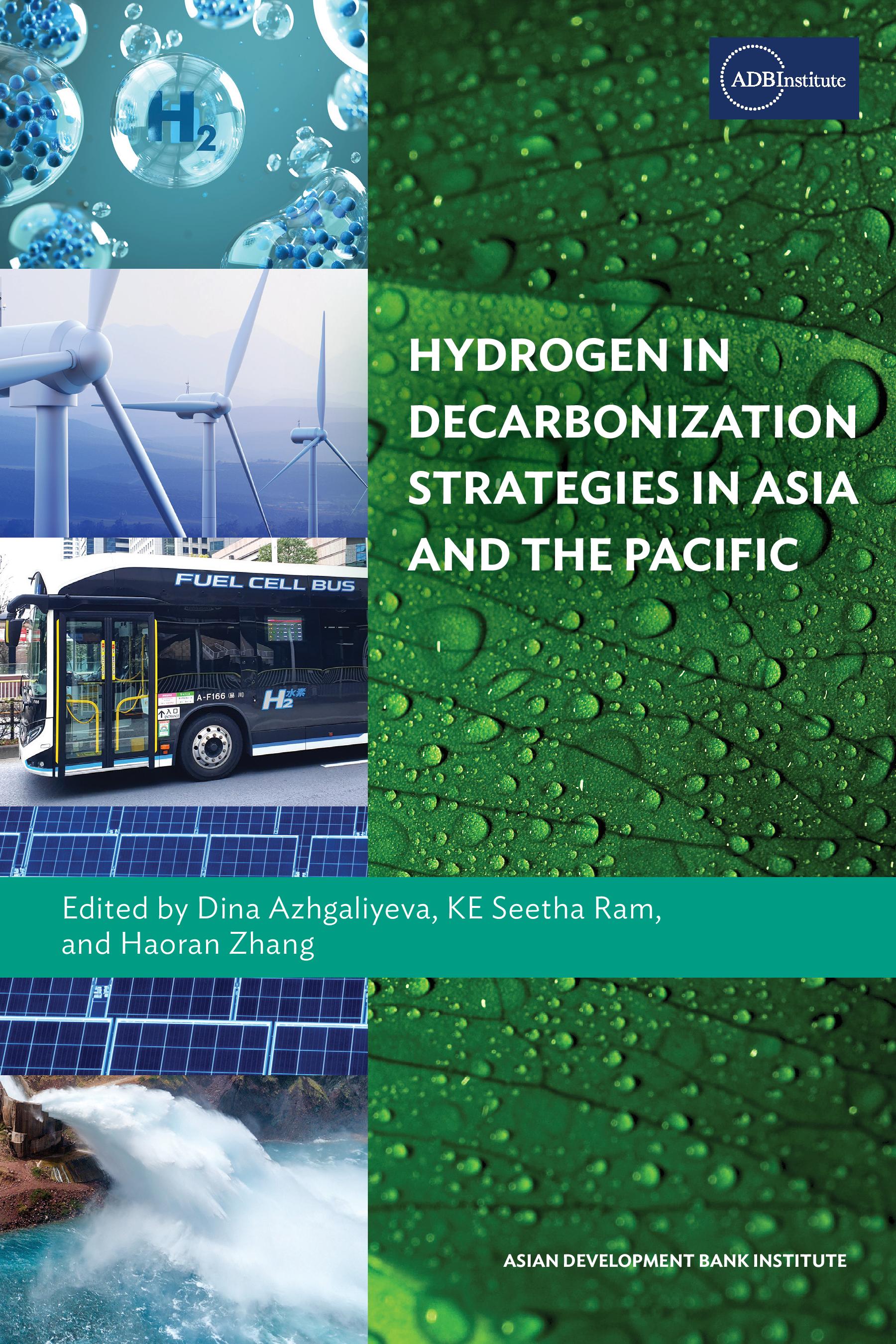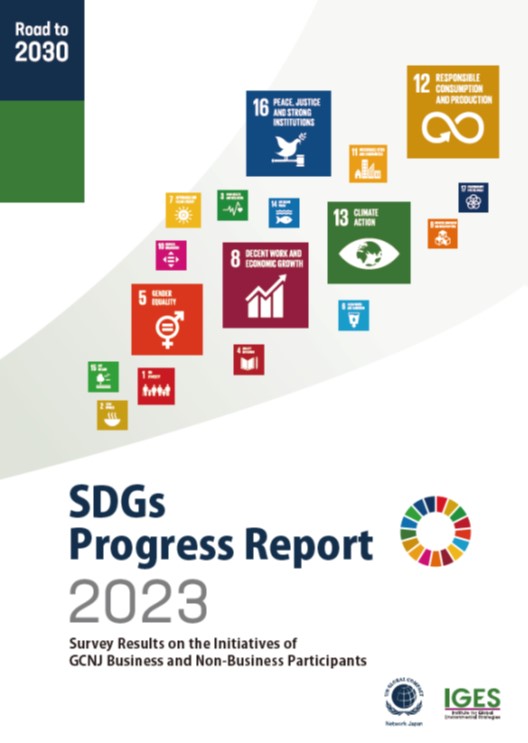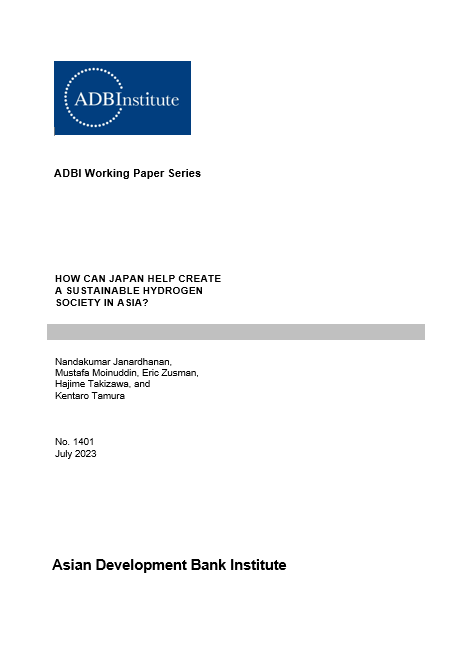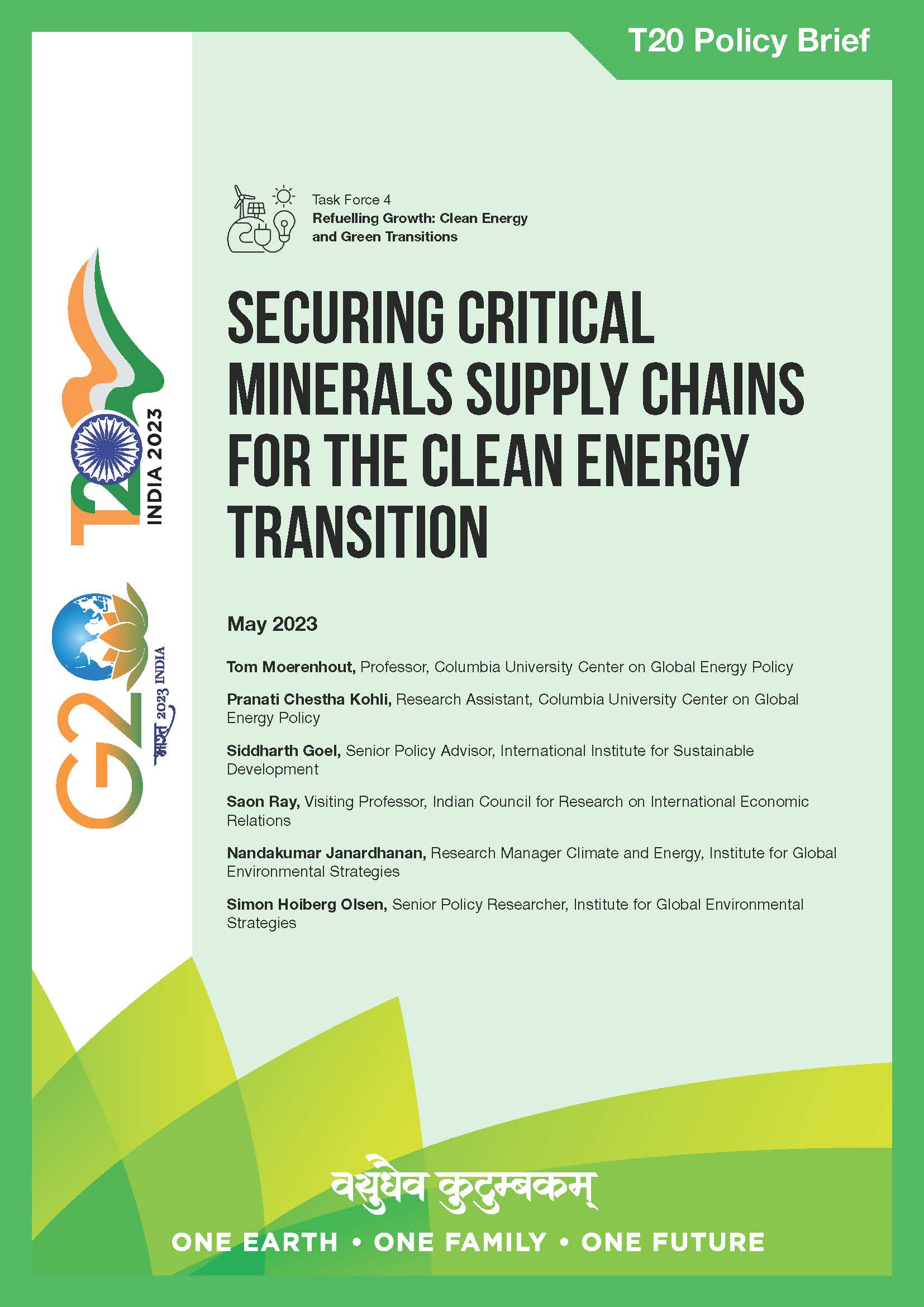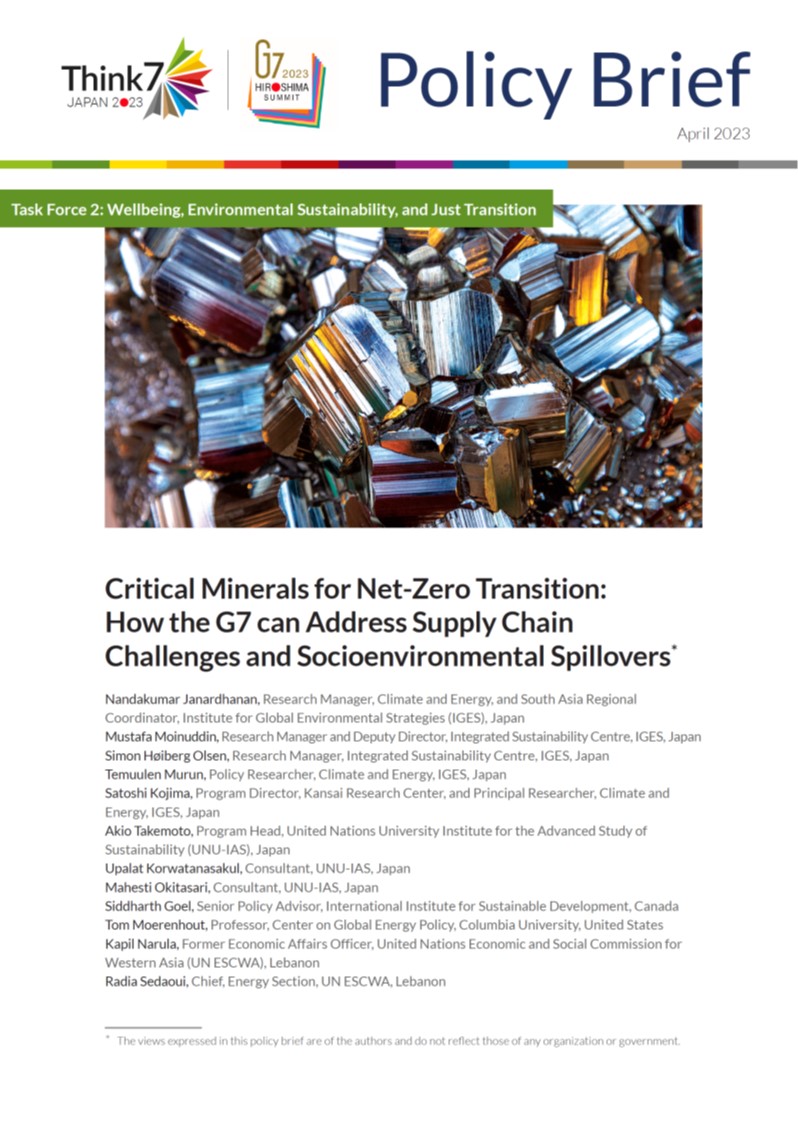In Hydrogen in Decarbonization Strategies in Asia and the Pacific
This chapter explores the interest in hydrogen adoption across Asian countries for achieving net-zero goals, with a particular focus on Japan's prominent role. While Japan has taken strides in hydrogen initiatives, the extent to which its strategy aligns with ambitious climate targets remains uncertain. The chapter emphasises the importance of...
Keywords:

